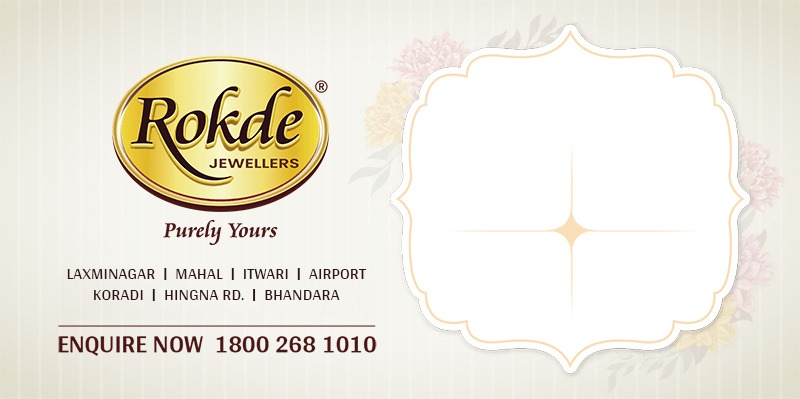India celebrate its 74th Republic Day today on January 26, Thursday. It was on January 26, 1950 when the Constitution came into effect. The Republic Day celebrations include a traditional march past at Kartavya Path, formerly known as Rajpath, comprising a grand parade by the contingents of the Armed Forces and Paramilitary Forces.
The iconic Republic Day Parade on the majestic Kartavya Path will start at 10 am.
India’s Republic Day Parade facts we bet you did not know
1. The Republic Day parade was not always held at Rajpath in New Delhi
While we are used to seeing the spectacular parade every year at Rajpath, which is also broadcasted across the country on TV and social media platforms, few know that this venue became a permanent host of the parade only from the year 1955. From 1950 to 1954, the R-Day Parade used to be held at Irwin Stadium (now known as National Stadium), Kingsway, Red Fort and Ramleela Maidan during those four years respectively. The first Parade at Rajpath was held in 1955 where the first Governor-General of Pakistan – Malik Gulam Mohammed, was invited as the chief guest.
2. Republic Day Parade participants have to undergo 4 levels of investigation
Security is taken very seriously at the Republic Day parade since there is a flood of spectators and army personnel who participate in it have to compulsorily undergo 4 levels of investigation where their guns and arms are also checked to ensure that they are not loaded with bullets. A special camp near India Gate premises is organised for all the tanks, armoured vehicles and modern equipment showing the military power of India where the investigation process for each cannon and the work of whitewashing is performed mostly in 10 stages.
3. Gandhi ji’s favourite song has been replaced since last year
During the retreat ceremony of the Republic Day parade, Mahatma Gandhi’s favourite song called ‘Abide With Me’ was always played as an ode. Written by Scottish poet Henry Francis Lyte and composed by William Henry Monk in the 19th century, the song was replaced by the central government in 2022 and now the Hindi song ‘Ae Mere Watan Ke Logon’ is played.
4. First Republic Day parade’s chief guest
It is a tradition to invite a chief guest for every Republic Day parade and they could either be the President or Prime Minister of any country or a foreign leader. For the very first parade on January 26, 1950, Dr Sukarno, the then President of Indonesia was invited.
5. No chief guests invited Republic Day parades since 2021
Due to the Covid-19 pandemic that raged the globe, no chief guest was invited to the Republic Day parade in 2021 nor was one invited in 2022 amid the lockdowns but for the very first time in history, autorickshaw drivers, construction workers, frontline workers and sanitation workers were invited to witness the patriotic spectacle in 2022.
6. The 21 Guns Salute is done by firing 7 cannons of the Indian army that were made in 1941
When the Republic Day parade starts on January 26th with the arrival of the President, the cavalier bodyguards of the President salute the National Flag and the National Anthem is played but the 21 Guns Salute is not done by firing 21 canons. Instead, 7- cannons of the Indian army are used.
These cannons known as “25- Ponders” were made in 1941 and are involved in all the formal programs of the army. They are used for firing in 3 rounds to match with the National Anthem timing where the first firing occurs at the start of the National Anthem and the last firing occurs right after 52 seconds.
7. Preparations for the R-Day parade begin in July of the previous year
Yes, you read that right! The preparations for the parade begin in July of the previous year when all the participants are informed formally and they practice for the parade at their related regiment centers till August. They reach Delhi by December and have already practiced for 600 hours before getting ready by 2 am and arriving at the Rajpath by 3 am to perform formally on January 26.
8. The tableaux move at a speed of 5 km/hr approx
Driven by drivers through a small window, the tableaux involved in the R-Day parade move at a speed of about 5 km/hr so that important people can watch them thoroughly.
9. Aircrafts for ‘flypast’ take off from different centers of the Airforce
Responsibility for the most fascinating part of the R-Day parade i.e. the “flypast” lies on the Western Airforce Command, which involves the participation of around 41 aircrafts that take off from different centers of the Airforce but reach the Rajpath at a fixed time.
10. Rifles are indigenously made or made in Israel
The personnel of Special Security Forces march with Tavor rifles made in Israel while the army personnel participating in the Republic Day parade march with indigenously made INSAS rifles.














